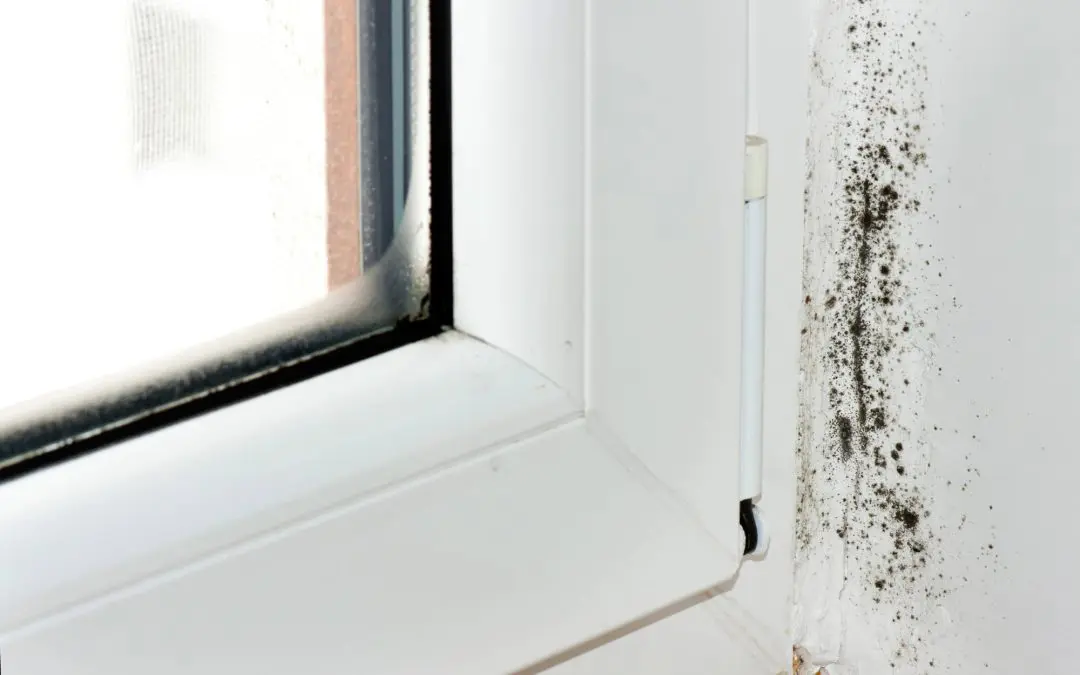Mold is a serious problem that threatens your home and health if not dealt with properly. The dangers of mold are often underestimated, but this common household invader spreads quickly, damages structures, and creates unsafe living conditions. Understanding how mold develops, why it’s harmful, and what you could do to prevent it is essential for every homeowner.
Understanding the Dangers of Mold Growth
Mold thrives in damp, dark, and humid environments. Bathrooms, basements, kitchens, and attics are some of the most common areas where mold takes hold. Once it grows, it spreads through microscopic spores that travel easily through the air. The dangers of mold go beyond its immediate presence; even small patches will release spores, contaminating other parts of your home. This makes early detection and action critical to preventing widespread problems.
Health Risks Tied to Mold
One of the most concerning dangers of mold is its effect on health. Exposure leads to mild symptoms like sneezing, coughing, or skin irritation for some people. The risks are more severe for others, particularly those with asthma, allergies, or weakened immune systems. Mold exposure could trigger asthma attacks, cause persistent respiratory issues, and even lead to chronic illnesses if not addressed. Children and older adults are especially vulnerable, making it even more critical for families to take mold seriously.
Mold Could Cause Structural Damage
The dangers of mold extend to your home’s structure. Mold feeds on organic materials such as wood, drywall, and insulation. Over time, it weakens these materials, causing warping, crumbling, and deterioration. If left untreated, mold will compromise the integrity of walls, ceilings, and flooring. What might begin as a small discoloration on drywall could eventually lead to costly repairs or structural instability.
Identifying the Dangers of Mold Early
Recognizing mold early is the key to avoiding serious damage. Homeowners should be on the lookout for musty odors, dark spots on walls or ceilings, or condensation around windows and pipes. Mold will also hide in less obvious places, such as behind wallpaper, inside ductwork, or carpeting. Even if you can’t see it, the smell of mold is often a telltale sign. Taking immediate steps to investigate and address these indicators will save you from larger problems later.
Preventing Mold in Your Home
The best way to fight the dangers of mold is through prevention. Controlling moisture levels is critical. Dehumidifiers in damp spaces, proper ventilation in bathrooms and kitchens, and timely leak repairs all reduce the chance of mold growth. Regular inspections of your roof, plumbing, and basement will help identify potential moisture sources before they lead to bigger issues. Prevention may take consistent effort, but it is far less costly than removing widespread mold damage once it has taken hold.
Addressing the Dangers of Mold with Remediation
If mold does appear, quick action is crucial. Small amounts of mold on non-porous surfaces, such as tile or glass, often can be handled with household cleaners, vinegar, or a diluted bleach solution. It’s essential to wear protective gear, like gloves, goggles, and an N95 mask, to avoid inhaling spores. Porous materials, such as drywall, carpet, or insulation, are much harder to clean because mold can penetrate deep into the material. In those cases, the affected sections usually need to be replaced.
If mold covers an area larger than 10 square feet, the EPA recommends contacting a professional, as improper cleaning can spread spores and worsen the problem. Specialists remove visible mold and address the underlying moisture problems that caused it in the first place. Professional help ensures that spores don’t spread further during cleanup, protecting both your home and your health. When it comes to the dangers of mold, cutting corners on removal is never worth the risk.
The dangers of mold are too serious to ignore. From health concerns to structural damage, mold will impact nearly every aspect of your home and well-being. By staying vigilant, addressing moisture issues, and acting quickly when mold appears, you will protect both your investment and the people living inside it.
FAQs About the Dangers of Mold
How can I tell if my home has mold?
Look for musty odors, discoloration on walls or ceilings, and areas with excess moisture. Professional testing will confirm hidden mold.
Is all mold dangerous?
Not all types of mold are toxic, but any mold in your home could pose health risks or cause property damage if ignored.
Can I remove mold myself?
Small areas can sometimes be cleaned by hand, but larger infestations should always be handled by professionals for safety and thoroughness.
Does homeowner’s insurance cover mold damage?
Policies vary, but many do not cover mold unless a sudden, accidental event causes it. It’s best to review your policy details.
How quickly can mold spread in a home?
In the right conditions, mold could begin growing within 24 to 48 hours and can spread rapidly if moisture is not controlled.
TUFF Home Inspections provides home inspection services in New Jersey. Contact us to schedule your appointment.

